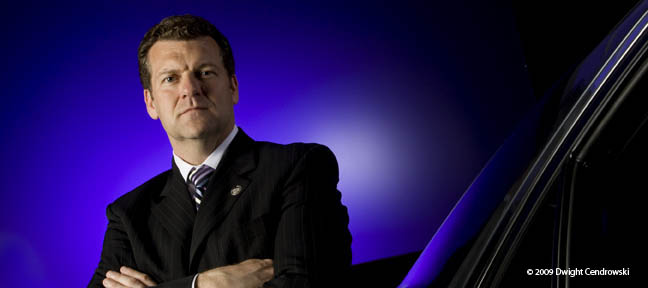Like so many other small business people, I'm bedeviled by the costs of healthcare insurance coverage. The situation was verging on unsustainable in the past, but it feels now like it has hit a crisis point. My family takes great pains to eat a very healthy diet and exercise faithfully. We believe in living healthy to avoid costly medical bills. But to be prudent we have medical insurance, though it's a very high deductible plan in a Health Savings Account program. The alternative? $12,000 or more a year for a full coverage plan. This is...what's the word I'm looking for? Nuts!
Healthcare coverage, or rather the lack of it, continues to be shameful and an embarrassment to this country. Unlike most other industrial nations, where all citizens have access to proper care, our system has evolved into care for only the well-to-do.
My daughter went to the emergency room last year for a dislocated finger. Painful but certainly not life threatening. She waited, had an Xray to rule out a broken bone, then saw the physician on duty, who just popped the joint back in place. Total bill for all services: $1,674.48, of which I paid the lions share, given my high deductible. Even living a healthy lifestyle and doing everything right doesn't protect you from the accidents in life.
I would like to suggest a 'feel your pain' experiment. To show solidarity with the millions of citizen who are underinsured or who cannot afford any insurance, I propose that elected representatives, from the President and U.S. Congress down through all state legislators and governors, give up all health insurance coverage they now receive as a perk of their positions. Gold-plated coverage as I understand. Rather, they will buy coverage in the open market, if they are able to, like so many of the constituents they represent. I predict that within months we will hear no more diatribes about the dangers of socialized medicine. I would hope these same representatives of the people may then be moved to stand up to the medical establishment and insurance companies who profit from and so tenaciously hold onto the current abysmal system.

To be sure so much of the chronic ailments in this country are self-inflicted, from overeating, plopping down in front of the TV and computer for hours at a time, and refusing to choose foods - the fruits, vegetables and lean meats - that would improve health and take the collective strain off our healthcare system.
It's time the United States joins the world community in viewing the health and financial security of its citizens as a right, and develop an affordable and accessible system open to all.
Read an article I wrote about my back pain and steps I've taken to prevent back problems.
Healthcare coverage, or rather the lack of it, continues to be shameful and an embarrassment to this country. Unlike most other industrial nations, where all citizens have access to proper care, our system has evolved into care for only the well-to-do.
My daughter went to the emergency room last year for a dislocated finger. Painful but certainly not life threatening. She waited, had an Xray to rule out a broken bone, then saw the physician on duty, who just popped the joint back in place. Total bill for all services: $1,674.48, of which I paid the lions share, given my high deductible. Even living a healthy lifestyle and doing everything right doesn't protect you from the accidents in life.
I would like to suggest a 'feel your pain' experiment. To show solidarity with the millions of citizen who are underinsured or who cannot afford any insurance, I propose that elected representatives, from the President and U.S. Congress down through all state legislators and governors, give up all health insurance coverage they now receive as a perk of their positions. Gold-plated coverage as I understand. Rather, they will buy coverage in the open market, if they are able to, like so many of the constituents they represent. I predict that within months we will hear no more diatribes about the dangers of socialized medicine. I would hope these same representatives of the people may then be moved to stand up to the medical establishment and insurance companies who profit from and so tenaciously hold onto the current abysmal system.

To be sure so much of the chronic ailments in this country are self-inflicted, from overeating, plopping down in front of the TV and computer for hours at a time, and refusing to choose foods - the fruits, vegetables and lean meats - that would improve health and take the collective strain off our healthcare system.
It's time the United States joins the world community in viewing the health and financial security of its citizens as a right, and develop an affordable and accessible system open to all.
Read an article I wrote about my back pain and steps I've taken to prevent back problems.

